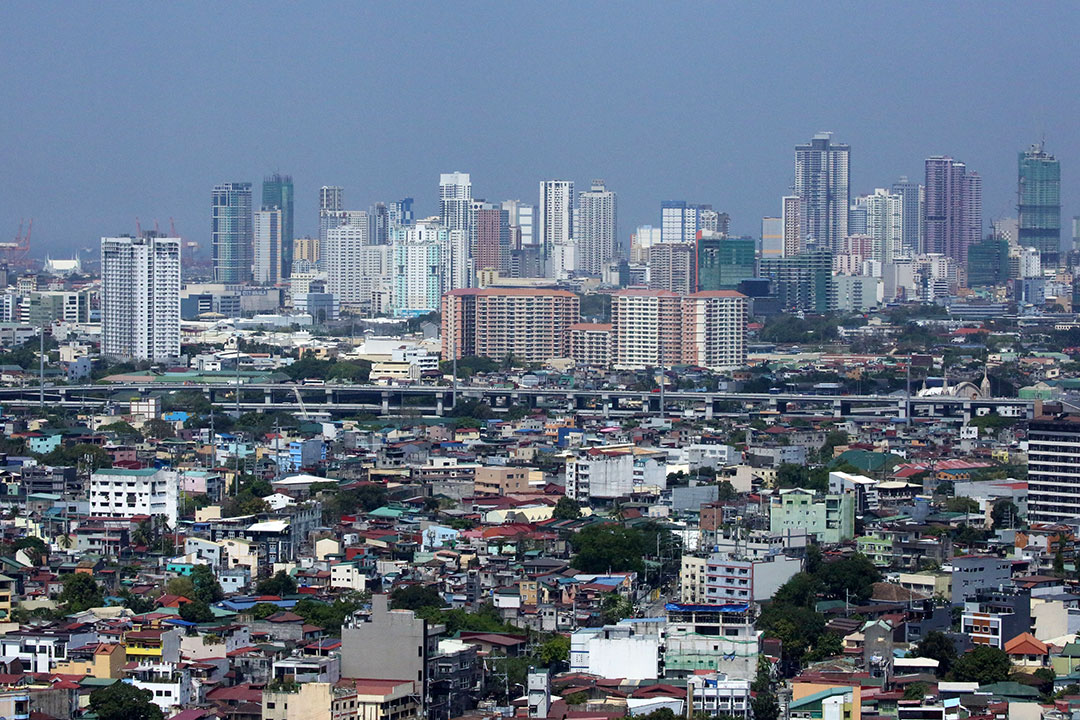
By Justine Irish D. Tabile, Reporter
DELAYS in the implementation of infrastructure projects are dragging down the Philippines’ competitiveness in Southeast Asia, experts said.
Jamil Paolo S. Francisco, executive director of the Asian Institute of Management (AIM) Rizalino S. Navarro Policy Center for Competitiveness, said that the country continues to lag behind its regional peers due to inefficient infrastructure.
“The good thing is we are seeing a lot of new developments and new projects. The challenge is that a lot of these new developments or projects either have been delayed in their implementation or in their completion,” he told BusinessWorld on the sidelines of an AIM forum on Tuesday.
“We have already started (projects), we are spending good resources on it, but until they are finally completed, it is not reflected in the data, nor is it reflected in the perceptions of people,” he added.
The Philippines inched up a spot to 51st in the recently released 2025 World Competitiveness Yearbook (WCY) of the International Institute for Management Development (IMD).
Despite the improvement, the country still remained a laggard in the region, ranking 13th out of 14 Asia-Pacific economies in the index and last among the five Association of Southeast Asian Nations (ASEAN) members covered in the report.
“(The Philippines’) absolute position remains comparatively low. It trails far behind regional leaders such as Singapore (second) and Malaysia (23rd), as well as closer competitors like Thailand (30th) and Indonesia (40th),” said José Caballero, senior economist at the IMD World Competitiveness Center.
“These countries not only score higher across most competitiveness factors but also demonstrate more consistent improvements in institutional quality and human capital development,” he added.
The WCY ranks economies across four competitiveness factors: economic performance, government efficiency, business efficiency, and infrastructure.
Mr. Francisco pointed out that infrastructure in the WCY report does not only include basic infrastructure such as roads, bridges and ports, but also technological, scientific, and human infrastructure.
“These include education, healthcare, very basic indicators like pupil-teacher ratios, spending on education, and test scores of our students. So it goes back to the basics, that we have to improve human capital,” he said.
“Human capital is a strength of ours; at least in terms of the labor force, we have a huge population, and we have a skilled labor force with the right competencies. But how long will those competencies last, especially in a world where the requirements are quickly changing?” he added.
The Philippines’ competitiveness may also be weighed down by issues over implementation of regulations and policies, which are affecting the entry of foreign direct investments.
“We might have the right regulations, policies, and laws, and many of these are at par with not just our ASEAN neighbors but also globally, but it is a matter of consistent, sustained, and complete implementation,” he said.
“It is clear where we have to work. We have to work on not just implementation but full and sustained implementation, as well as better communication of what the government is doing in all of these areas,” he added.
Meanwhile, Philippine Institute for Development Studies Senior Research Fellow John Paolo R. Rivera said political noise may have also affected the Philippines’ competitiveness.
“Here in the Philippines, one of the drags would be political noise… which generates economic risk. So perhaps we can look at how we can manage the political noise going on in the country so we can focus on the economic component,” he said.
Mr. Rivera also said legislation that addresses the weak points of the Philippine economy could help in improving its overall competitiveness.
“We have weak points in terms of investments. But the Philippines has already made significant strides in attracting more investments through the Ease of Doing Business Act, the Public Service Act, and all other amendments relaxing constitutional constraints,” he said.
“The idea is good. The laws are there, but the implementation on the ground, what the frontliners are actually experiencing, would have to be addressed,” he added.
Management Association of the Philippines Chair for Ease of Doing Business Ira Paulo A. Pozon said that the 2025 WCY report showed the Philippines has made some improvements, but its peers are doing it faster, better, and with a bigger impact.
“That is why I am not saying that the Philippines is being left behind. Actually, the government is doing a decent job,” he said.
“But we should all use the WCY to see where we are excelling and lagging, focus on fixing what we need to fix for a longer-term plan, and also maintain the things that we are doing well in,” he added.
Mr. Pozon said that it is important for the Philippines to continue in strengthening the factors that make it attractive, such as its workforce, to future-proof them.
“We are high in terms of workforce, but technological developments like artificial intelligence may render the strengthening of our workforce redundant,” he said.
“It should be a balance. We look at where we are lagging and where we are succeeding, and with the current challenges and threats, we try to improve, maintain, and protect the different sectors or indicators with whatever resources we currently have,” he added.